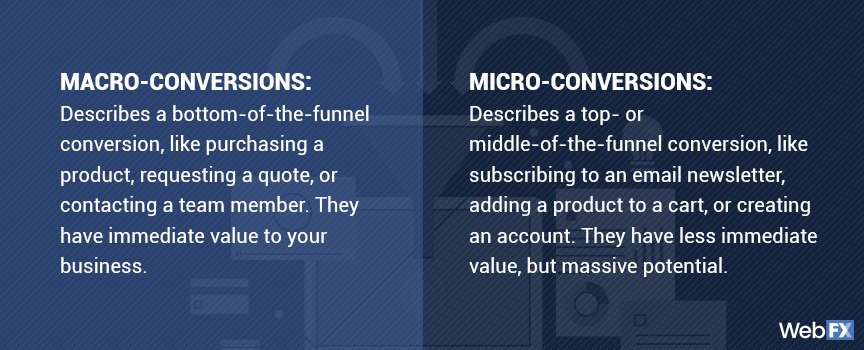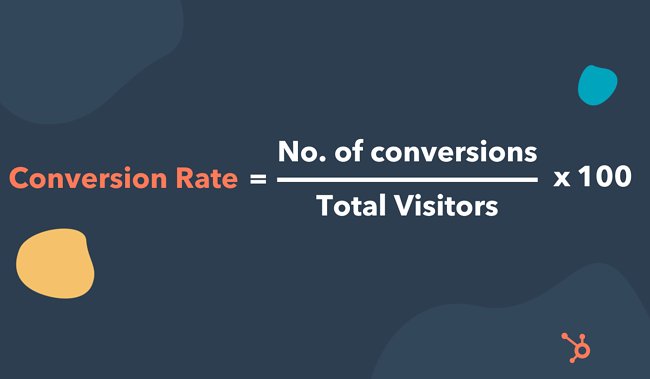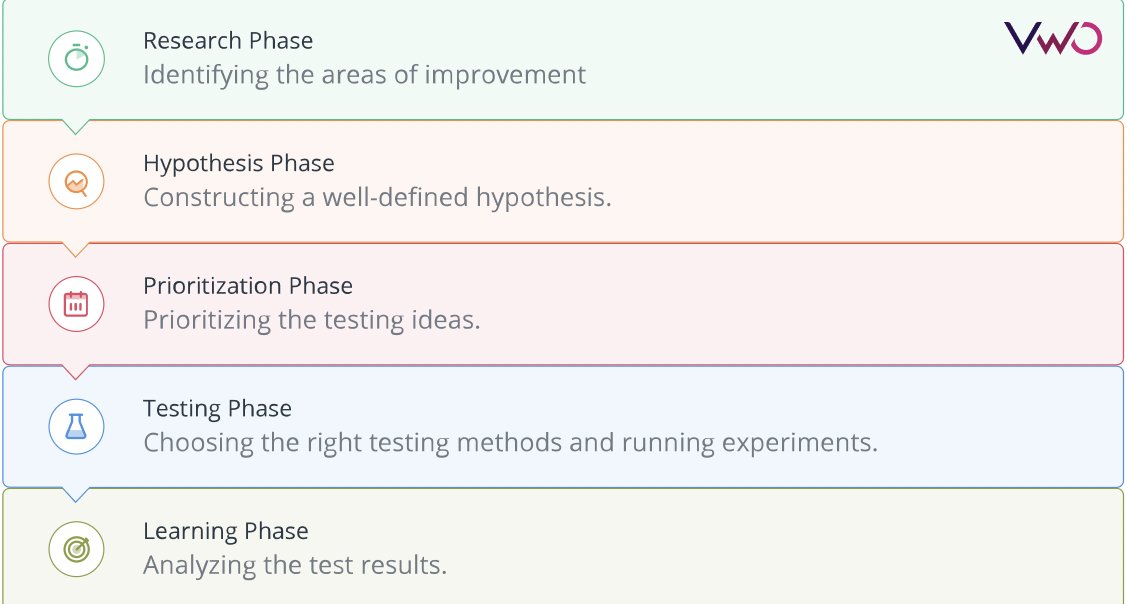Whether you are new to the game or an established player, conversion rate optimization is vital to any online business, regardless of the size or status of the business. Because of its ability to increase profits without raising advertising costs, it has gained tremendous popularity.
What is conversion rate optimization (CRO)?
Conversion rate optimization, or CRO, is the systematic process of enhancing your website to increase the number of visitors who take the desired action. Highly qualified prospects, greater revenue, and lower acquisition expenses are all benefits of conversion rate optimization.
The process involves understanding how users navigate websites, the actions they take, and what prevents them from achieving their goals. Content addition, A/B testing, and process improvements are some of the way ways to boost CRO.
To understand the CRO benefits and strategies better, it is essential to know the definition of the most important terms associated with it.
Conversion
A conversion is a word that describes any user action that leads to the completion of a site goal. Conversions can be classified as below:

Conversion rate
The conversion rate is the percentage of visitors who perform the targeted activity, such as completing a web form, signing up for a service, or purchasing something. By measuring conversion rates, you can discover if the copy and images on your page are effective in persuading users to take the desired action. The higher your conversion rates, the more you’re connecting with qualified prospects.
Conversion rate calculation

Benefits of CRO
The most important aspect of CRO is to determine how many visitors will turn into customers. Below are some of the benefits of having a CRO strategy in place:
- Better customer insights: CRO helps in understanding the key audience – who they are, how they interact with your brand, and any bottlenecks in their journey. Conversion rate optimization focuses on identifying the right customers for your business rather than acquiring more people.
- More customers, lower acquisition cost: Higher conversion rate means making more of the resources you have. The more you understand your customers, the better you can tailor the customer experience to encourage visitors to take the desired action. A better user experience will get you more customers with the same amount of traffic, resulting in higher satisfaction and lower cost of acquisition.
- Boost in SEO: Google takes user behaviour into account when ranking pages. An enhanced user experience will help the website rank higher in the search engine results and increase website traffic.
- Enhanced trust: CRO assists you in optimizing the design of your website to make it simpler for people to locate what they need, or at the very least quickly figure out how to get it. This allows you to choose when and how to target clients with appropriate offers resulting in the development of trust.
CRO process
The basic purpose of optimization is to increase conversion rates with existing traffic and, more broadly, with existing assets. It is crucial to realize that optimization is a systematic, repeatable procedure. You have to go through the cycle again and again as there is always scope for improving and enhancing results. The below picture gives an insight into the CRO process cycle:

CRO strategies
The fundamental purpose of having an effective conversion optimization strategy is to enhance online traffic, lead generation, and the conversion of visitors and website users into paying customers. One of the most critical components of any marketing plan is to optimize the website to achieve good conversion rates. To be able to do so, it is important to understand where to, what to, and for who to optimize. The areas of a website where CRO strategies can be implemented are:
- Homepage
- Pricing page
- Blog
- Landing page
Some of the CRO best practices that should be considered are as below:
- Include text-based CTAs.
- Offer personalized deals
- Include large, round and colourful buttons
- Make use of short and simple language
- Add lead flows on your blog. Eg: attention-grabbing pop-ups
- Run A/B tests on your landing pages
- Help leads to immediately become a marketing-qualified lead with a frictionless sales process
- Build workflows to enable your team. Eg: abandoned cart email reminders
- Add messages to high-converting web pages. Eg: live chat tools offering support and guidance
- Optimize and re-purpose high-performing blog posts
- Take advantage of retargeting with well-crafted ad copy, engaging visuals, and attractive offers to re-engage website visitors
CRO testing tools
To achieve good conversion rate optimization, you must have the correct tools. They enable you to compare and measure improvements to your website. These tools may be used to test a variety of online components, including the position of a call to action button, web form size/position, landing pages, website text, website navigation, eCommerce site checkout processes, pricing models, and so on.
Some of the traditional optimization tools that help you do it are below:
- Quantitative tools
Quantitative tools help you to gather quantifiable (statistical) data to track what is happening and how your website is performing. They are as follows:
- General analytics tools to track website traffic (e.g., Google Analytics 360, Adobe Analytics)
- Heat maps that track user behaviour through the number of clicks, scrolls, and movements on a page
- Funnel analysis to measure when visitors drop off from a sales funnel
- Form analytics to track user form submissions behaviour
- Qualitative tools
Qualitative tools aid in the collection of non-statistical data to assist you to understand why your website users act the way they do. They include:
- Feedback tools such as on-page surveys that ask visitors questions about their experience
- Website session recording tools that give the flexibility of replaying the user behaviour.
- Testing tools
Once you’ve gathered the quantitative and qualitative evidence and have a clear sense of what’s happening on your website, testing tools allow you to make adjustments and/or report on them to determine whether your conversion optimization efforts are heading in the right direction. VWO’s A/B testing capabilities enable you to test multiple variants of a page and different web elements to see which one performs the best.
Here are some client success stories where VWO has helped achieve high levels of conversion rates.
As a business owner, you must build a website experience as part of your profit maximization efforts. You can significantly boost conversions on your website, make more sales, and raise your revenues and profits with a little effort in following CRO best practices.










